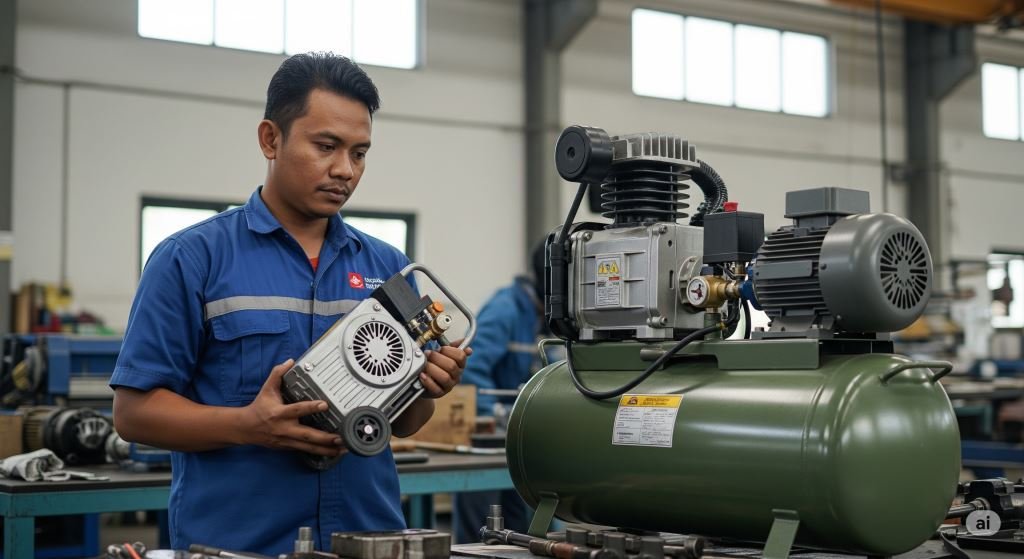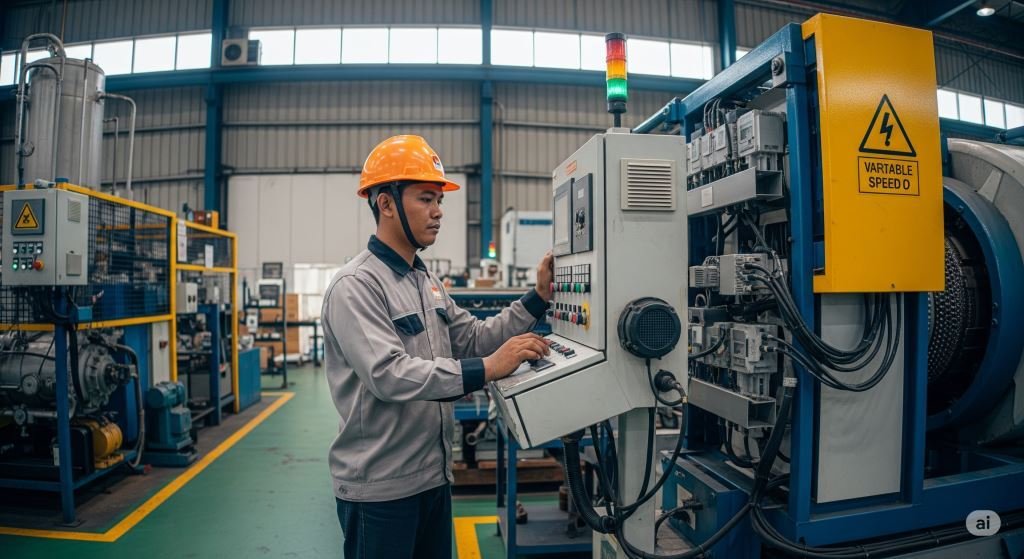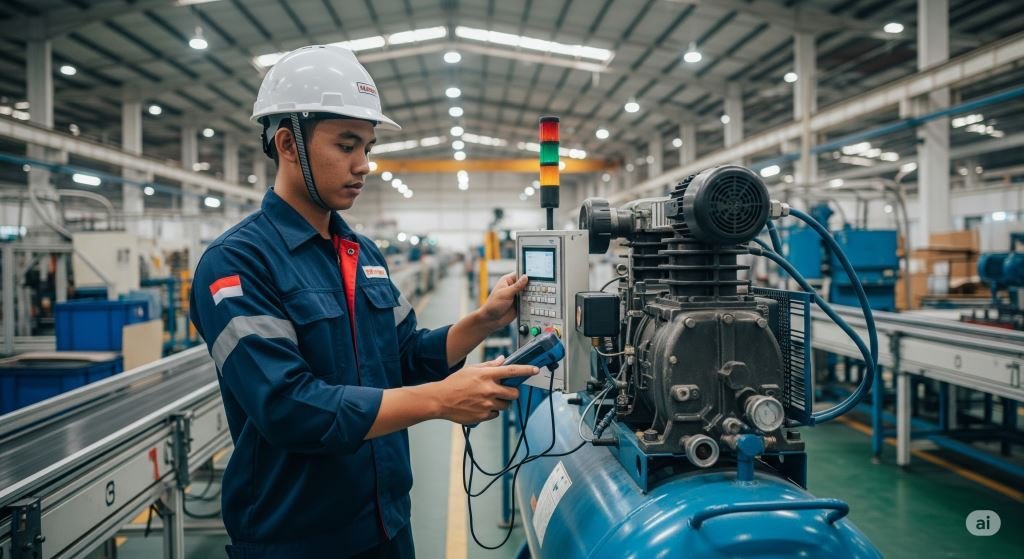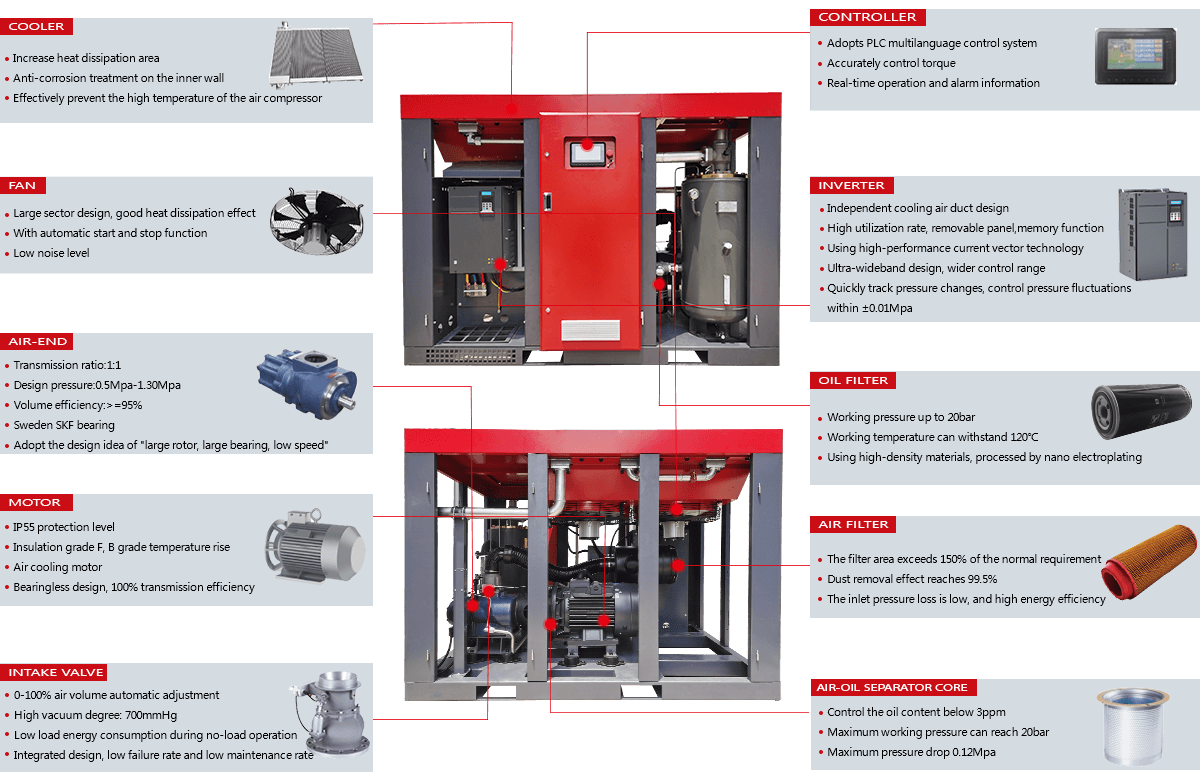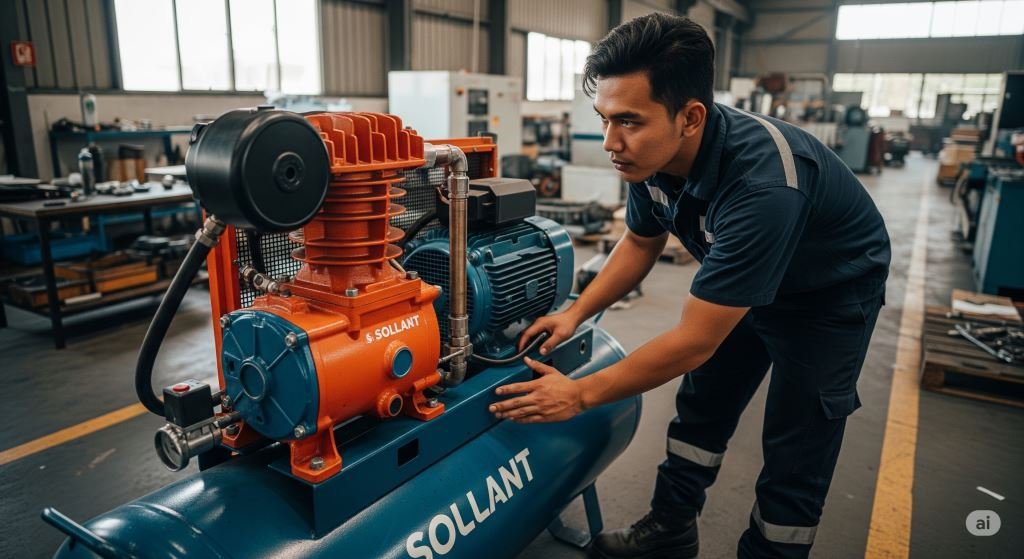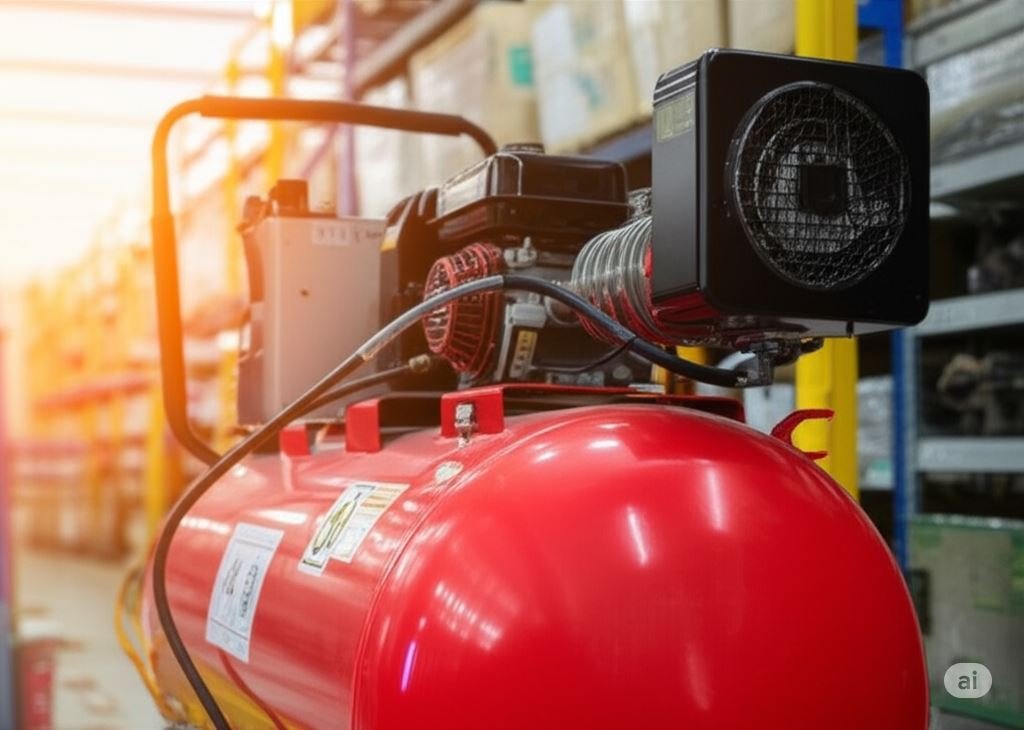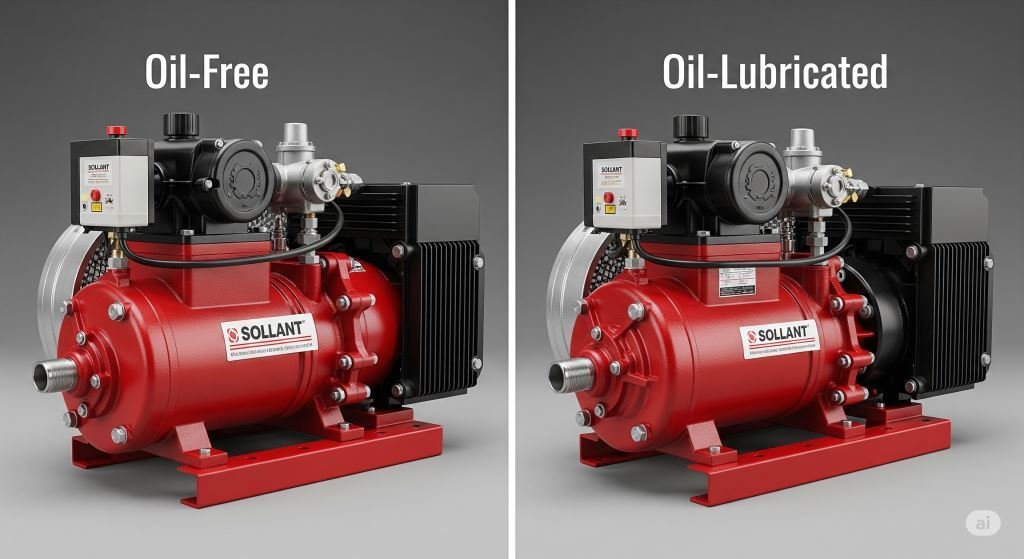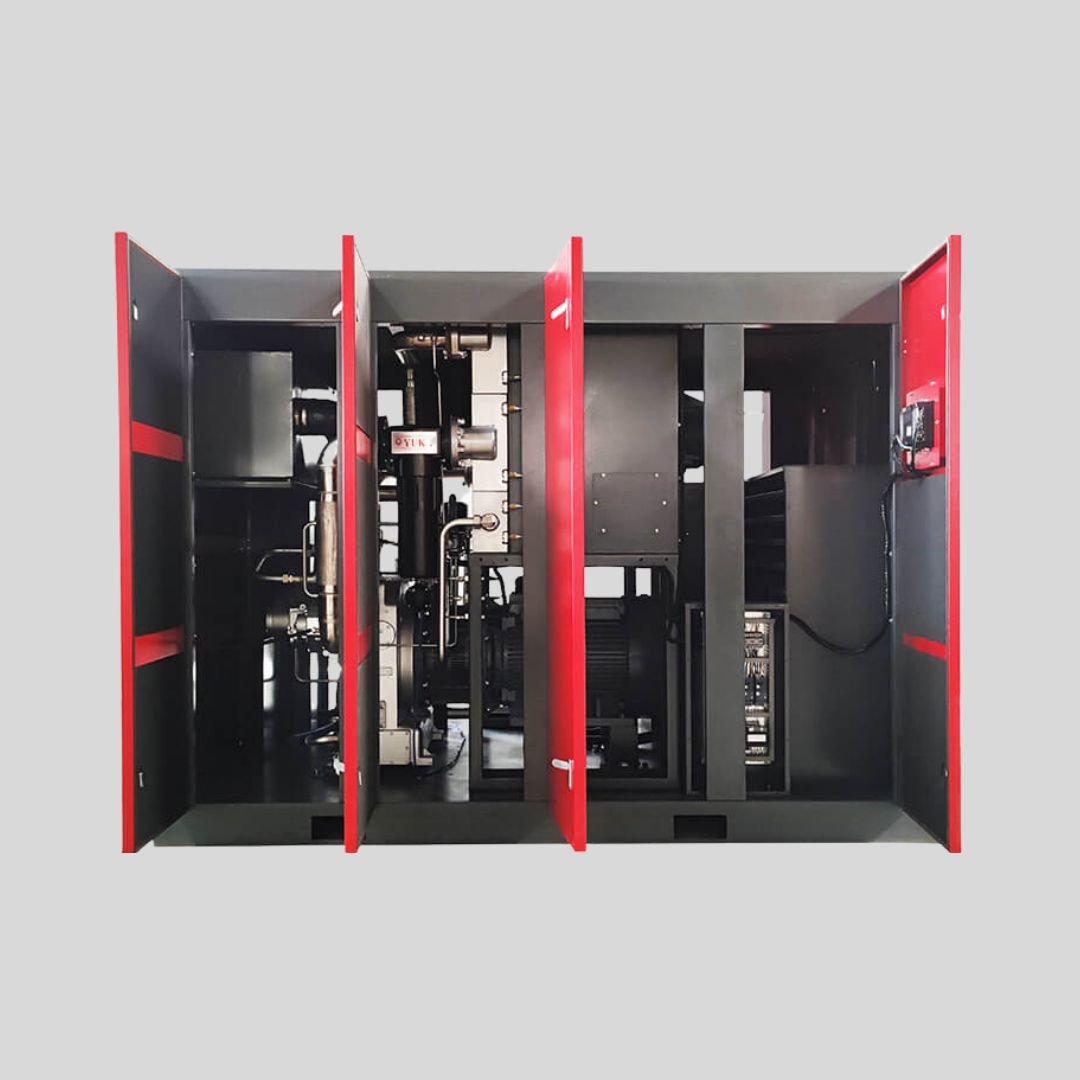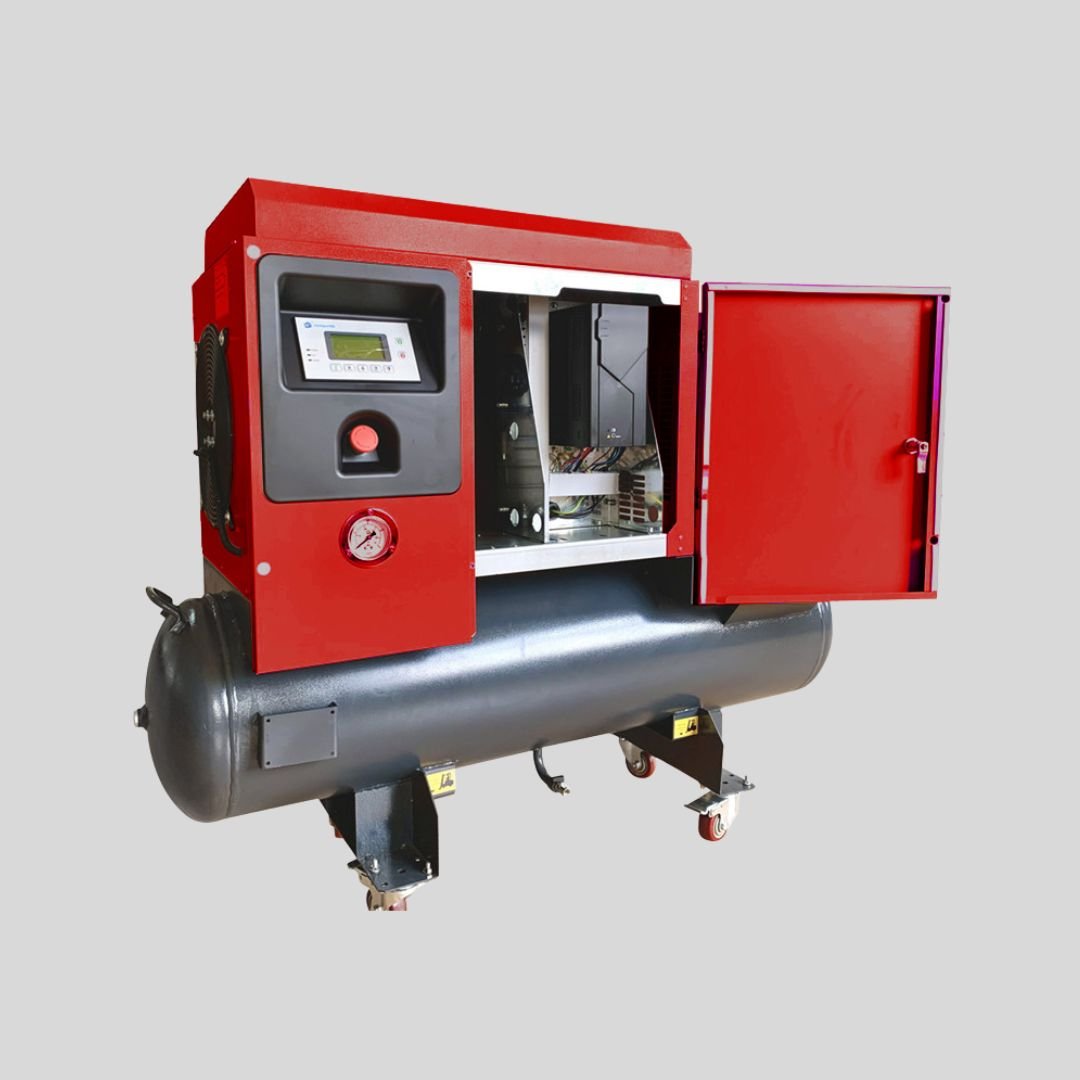PT Nissandi Kompresindo – When choosing an air compressor, one important consideration is whether to go with a portable or stationary model. Both types offer unique advantages depending on the intended use, mobility needs, and available space. Let’s explore the key differences to help you choose the right one for your operations.
What Is a Portable Compressor
A portable compressor is designed for easy transportation and flexible use. It typically comes with wheels, handles, or frames for mobility and is powered by electricity or diesel.
Advantages:
-
Easy to move between job sites
-
Ideal for outdoor or remote locations
-
Compact and space-saving
-
Quick setup and simple storage
Best for:
-
Construction and roadwork
-
Field repairs and service trucks
-
Remote agricultural applications
-
Temporary or mobile operations
What Is a Stationary Compressor
A stationary compressor is a fixed unit installed in one location. It is typically larger and more powerful than portable models, with a larger tank and motor for continuous industrial use.
Advantages:
-
High airflow and pressure capacity
-
Suitable for 24/7 heavy-duty operations
-
Quieter and more energy-efficient for large-scale use
-
Can power multiple tools or machines at once
Best for:
-
Manufacturing plants
-
Automotive workshops
-
Food processing and packaging lines
-
Industrial facilities with consistent air needs
Key Comparison Table
| Feature | Portable Compressor | Stationary Compressor |
|---|---|---|
| Mobility | ✅ High | ❌ Fixed |
| Airflow Capacity | Low to Medium | ✅ Medium to High |
| Ideal Usage | Temporary or mobile | Continuous or permanent |
| Setup Requirements | Minimal | ✅ Requires installation |
| Power Source | Electric or Diesel | Mostly Electric |
PT Nissandi Kompresindo Offers Both Options
Whether you need compact portable units or industrial-grade stationary compressors, we supply trusted brands like:
-
Sollant
-
Atlas Copco
-
Ingersoll Rand
We also provide:
-
System consultation
-
On-site installation
-
Maintenance services
-
Spare parts for all models


